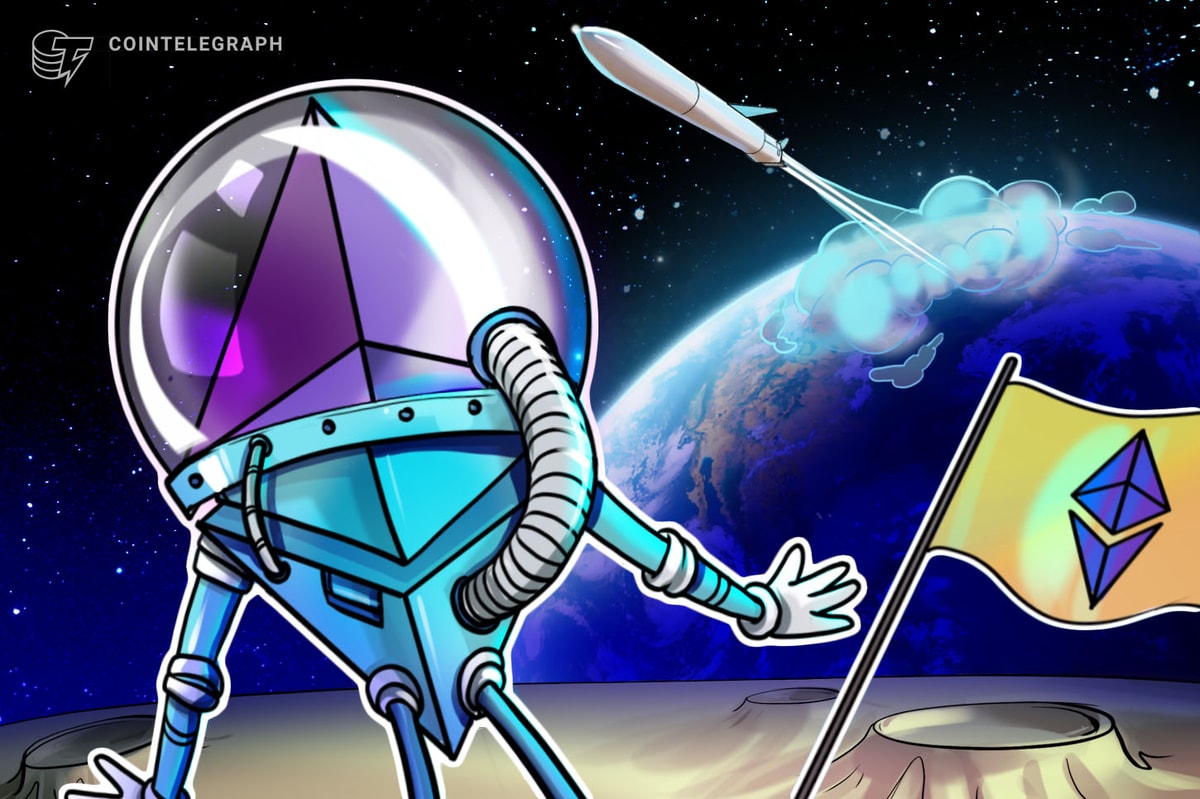A Galaxy Research report has suggested that most Bitcoin layer-2 scaling networks, particularly “rollups,” may not be sustainable in the long term despite their popularity as a promising method to keep Bitcoin payments cheap, fast and decentralized.
In the report published on Friday, Aug. 2, Galaxy analyst Gabe Parker highlighted the cost of posting data as a fundamental challenge Bitcoin rollups face that post data to the base layer.
Challenges facing Bitcoin rollups
Parker explained that for Bitcoin rollups to thrive, they must generate substantial revenue from transaction fees on their own networks. This revenue must come from many users willing to pay for transactions on the layer-2 networks.
Rollups work by taking a large number of transactions, compressing them into a single batch, and then posting a summary of this batch back to the main blockchain.

Bitcoin rollups utilize the blockchain as a “data availability layer,” posting sufficient data to allow any ordinary Bitcoin node to reconstruct the most recent state of the rollup network at any time.
However, Bitcoin blocks have a storage capacity limit of 4 megabytes (MB), and posting data to Bitcoin demands significant data usage. Each data posting transaction can consume up to 400 kilobytes (0.4MB) of block space, effectively occupying 10% of an entire block.
Survival of the fittest
With multiple rollups expected to post their data every six to eight blocks, base-layer fees could rise significantly, potentially pricing out smaller transactions. To survive, rollups must outdo one another in generating fee revenue, as this will determine their priority in the blocks.
Related: Everything Bitcoin: L2s see wave of adoption, but security needs to catch up
Galaxy Research estimated that in a low-fee environment, where ordinary transactions cost ten sat/VB (satoshis per vByte)- a unit of block space data), rollups would incur monthly expenses of $460,000 to maintain Bitcoin’s security. In high-fee environments of 50 sat/VB, monthly costs could soar to $2.3 million.
Alexei Zamayatin, co-founder of “Build on Bitcoin” (BOB), a hybrid rollup intended to connect Ethereum and Bitcoin, believes Bitcoin rollups can be as cost-effective as Ethereum rollups but argues against using Bitcoin’s main chain for data availability.
Instead, Zamayatin recommends using Celestia or a merge-mined Bitcoin sidechain, which, while cheaper, sacrifices some of Bitcoin’s complete decentralization and security.
Zamayatin responded to the Galaxy report on Twitter, stating, “No one will use Bitcoin L2s if they are 100x more expensive than Ethereum L2s, just because ‘it is on Bitcoin.’ Good news: They won’t be more expensive.”
Magazine: ‘Elon Musk at Bitcoin 2024’ scam, Lazarus Group hacks, MOG phishing: Crypto-Sec










